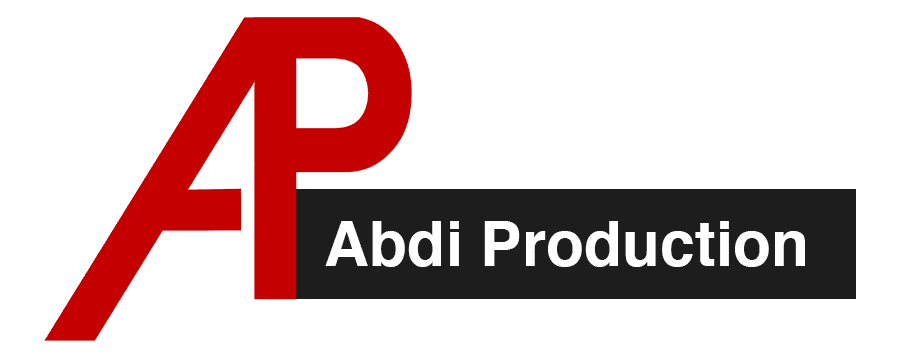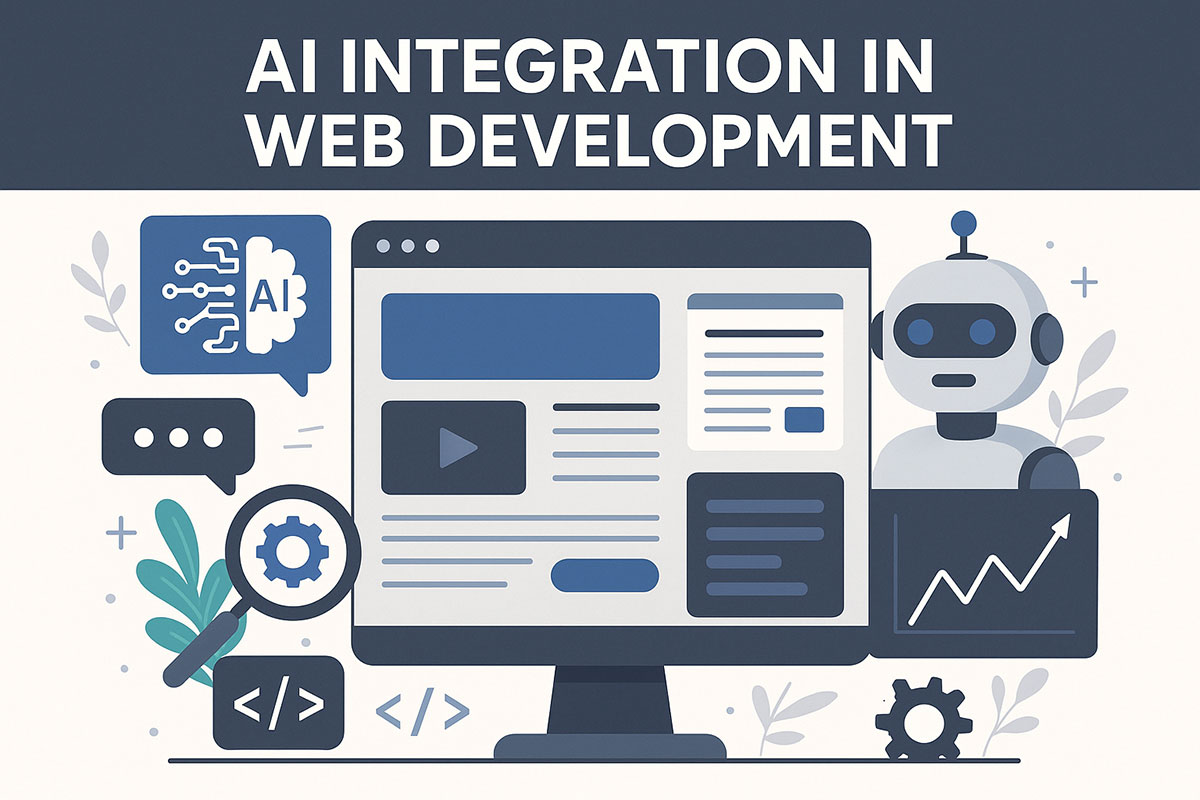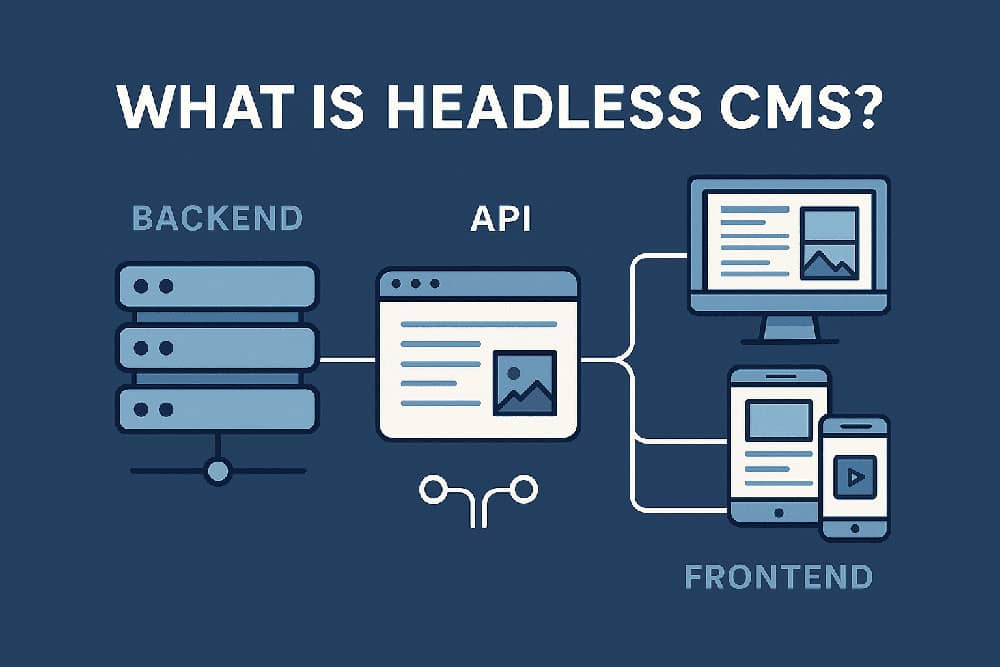Website performance plays a vital role in shaping search engine rankings, enhancing user experience (UX), and boosting conversion rates. A sluggish website can drive visitors away, increase bounce rates, and harm your visibility on search engines. In this article, we’ll dive into the importance of site speed and explore various strategies to optimize and improve website performance, ultimately helping you strengthen your digital presence.
1. Why Website Performance Matters
A well-optimized website:
✔ Boosts SEO rankings (Google prioritizes fast websites)
✔ Improves user experience (smooth navigation increases engagement)
✔ Reduces bounce rates (users stay longer on fast sites)
✔ Increases conversions (faster checkout leads to more sales)
Fact: A 1-second delay in page load time can reduce conversions by 7%.
2. Key Website Performance Factors
⚡ 1. Page Load Speed
Google’s Core Web Vitals measure site speed based on:
- Largest Contentful Paint (LCP): Measures loading performance. Should be under 2.5s.
- First Input Delay (FID): Measures interactivity. Should be under 100ms.
- Cumulative Layout Shift (CLS): Measures visual stability. Should be below 0.1.
🔹 Example: Amazon found that every 100ms of delay in page load time reduced sales by 1%.
🖼 2. Image & Media Optimization
Large images slow down websites. Solutions include:
✔ Compressing images (use WebP format)
✔ Lazy loading (loads images only when needed)
✔ Using next-gen formats like AVIF & WebP
🔹 Tool: TinyPNG & Squoosh can help optimize images without quality loss.
🖥 3. Server & Hosting Performance
Your hosting choice directly impacts speed.
Best options:
- Cloud hosting (AWS, Google Cloud) for scalability
- CDNs (Content Delivery Networks) like Cloudflare for faster global delivery
- LiteSpeed & NGINX servers for improved response time
🔹 Tip: A dedicated server or VPS hosting is faster than shared hosting.
📱 4. Mobile Optimization
Google uses mobile-first indexing, meaning your mobile site version is more important than desktop.
✔ Use responsive design (CSS Flexbox & Grid)
✔ Avoid intrusive pop-ups
✔ Optimize for touch interactions
🔹 Fact: 70% of web traffic comes from mobile devices.
⏳ 5. Minification & Caching
Minify: Reduces the size of HTML, CSS, and JavaScript files.
Caching: Stores site data to reduce load times.
- Browser caching speeds up returning visits.
- Server-side caching (Redis, Varnish) improves dynamic sites.
🔹 Example: Facebook uses advanced caching to keep performance high.
🚀 6. Reducing HTTP Requests & Third-Party Scripts
Each extra script or plugin slows your site.
✔ Reduce unnecessary third-party tools
✔ Use asynchronous loading for scripts
✔ Limit external fonts & tracking codes
🔹 Tip: Use Google Tag Manager to manage tracking scripts efficiently.
3. How Website Speed Impacts SEO
🔹 Google ranks faster sites higher
🔹 Slow websites have higher bounce rates
🔹 User engagement & dwell time are key ranking factors
🔹 E-commerce sales drop if pages take longer than 3s to load
Fact: Google confirmed that site speed is a ranking factor for both desktop & mobile searches.
4. Best Tools to Test Website Performance
✔ Google PageSpeed Insights – Measures Core Web Vitals
✔ GTmetrix – In-depth site speed analysis
✔ Lighthouse (Chrome DevTools) – Performance auditing
✔ WebPageTest – Detailed load time breakdown
🔹 Tip: Regularly test your site to track improvements & spot performance issues.
5. How to Improve Website Performance
✔ Optimize images & videos
✔ Use fast hosting & a CDN
✔ Enable caching & compression
✔ Minimize JavaScript & CSS
✔ Reduce third-party scripts
✔ Improve mobile responsiveness
Final Thoughts
Website performance is not just about speed—it directly affects SEO, user experience, and revenue. By optimizing speed, improving mobile usability, and reducing load times, you can boost your website’s traffic, rankings, and conversions.
Need a High-Performance Website?
At Abdi Production, we specialize in SEO-friendly, fast, and optimized websites for businesses. Contact us today to improve your site’s performance!






abdiproduction